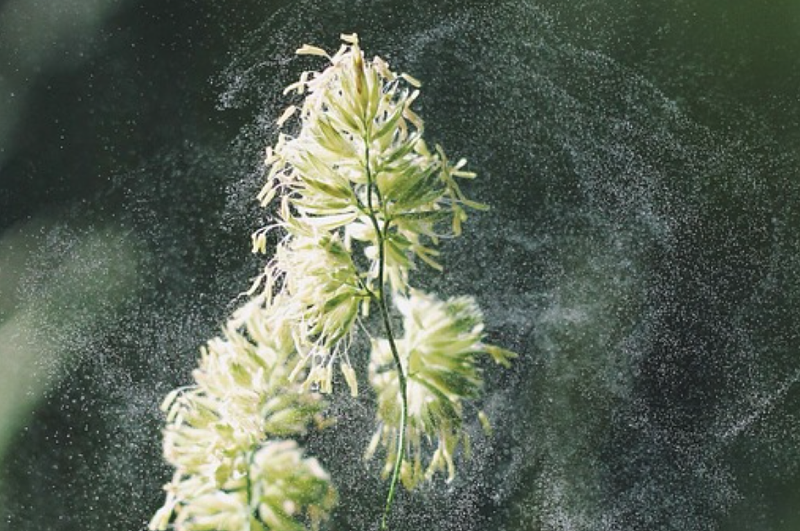
Trees and allergies: Is there a link? BALI investigates
BALI's Technical Officer (Policy & Research), Owen Baker, provides the lowdown on potential pollen problems for landscape professionals and users of landscapes in general. Should it be treated in the same way as emissions? Owen shares his own thoughts below.
The topic of this week’s technical article is unashamedly late in the season. Whilst I hope no one reading this is still suffering from hay fever, I expect a significant number suffer from allergies which are triggered by pollen. Indeed, studies have shown that asthma is now one of the most common chronic diseases in the UK. Whilst the link between pollen and asthma isn’t ground-breaking, a recent article on an American website encourages a renewed focus on the effect of trees and shrubs on pollen levels in urban areas.
Before continuing, it’s worth recapping on some basic plant physiology: trees and shrubs are generally monoecious, dioecious, unisexual or hermaphroditic. This means a plant produces the male and female reproductive cells on the same specimen (monoecious, unisexual and hermaphroditic), or that each individual plant produces either male or female reproductive cells (dioecious). Examples of plants from each category are as follows:
| Monoecious | Dioecious | Unisexual | Hermaphroditic |
| Oak | Holly | Birch | Cherry |
| Alder | Yew | Pine | |
| London Plane | Ash | Cedar |
The author of an article in America has suggested landscape professionals, when given the choice of selecting a tree from the dioecious category, choose male plants over female for planting projects, and plants are commonly propagated with a preference towards male plants. Why? Male dioecious plants, unlike female plants, produce no fruit or seeds and are regarded as lower maintenance. Of course, the trade-off is production of pollen. Since dioecious plants rely on wind blowing the pollen from one tree to another, production of pollen is exaggerated – which is obviously a potential issue for allergy sufferers.
Whilst planting more female trees would not remove all pollen from the air (female flowers trap very little of the pollen in the air), the article argues preference for male plants is contributing to a significant increase in the amount of pollen in the air. And in an age where an increasing number of children are born with asthma, should something be done to reduce the reduce this?
Towns in America and New Zealand have taken measures including removing unsuitable trees close to schools, and even banning the sale of some tree species to reduce the risk posed to allergen suffers. I was unable to find a similar scheme in the UK.
Like so many areas of landscape, scientific research on the subject is limited, and I could find little evidence to suggest studies have been carried out. Indeed, an RHS article was about as much as I could find in terms of research in the UK. Similarly, whilst a system called the Ogren Plant Allergy Scale (OPALS) is used widely in America to highlight plants which pose a greater risk to allergy sufferers, there does not appear to be a system in the UK.
I hope this article is thought-provoking. The risks associated with allergies are well documented, as is the increased number of children who are born with an allergy. As greenspace in urban areas becomes ever-more precious, and plants treated with the reverence they deserve, should more thought also be put into the risk posed to users of a landscape? Perhaps the link that has been established between pollution from fossil fuels and allergies should be extended to cast a spotlight on the effect of plant pollen?
Further reading:
Not to be sniffed at: https://www.rhs.org.uk/about-the-rhs/publications/magazines/the-garden/2018-issues/march/allergen-planting-not-to-be-sniffed-at.pdf
Effects of Ambient Pollen Concentrations on Frequency and Severity of Asthma Symptoms Among Asthmatic Children: https://www.ncbi.nlm.nih.gov/pmc/articles/PMC3246281/
Mapping allergenic pollen vegetation in the UK to study environmental exposure and human health: https://www.ncbi.nlm.nih.gov/pmc/articles/PMC5593151/
